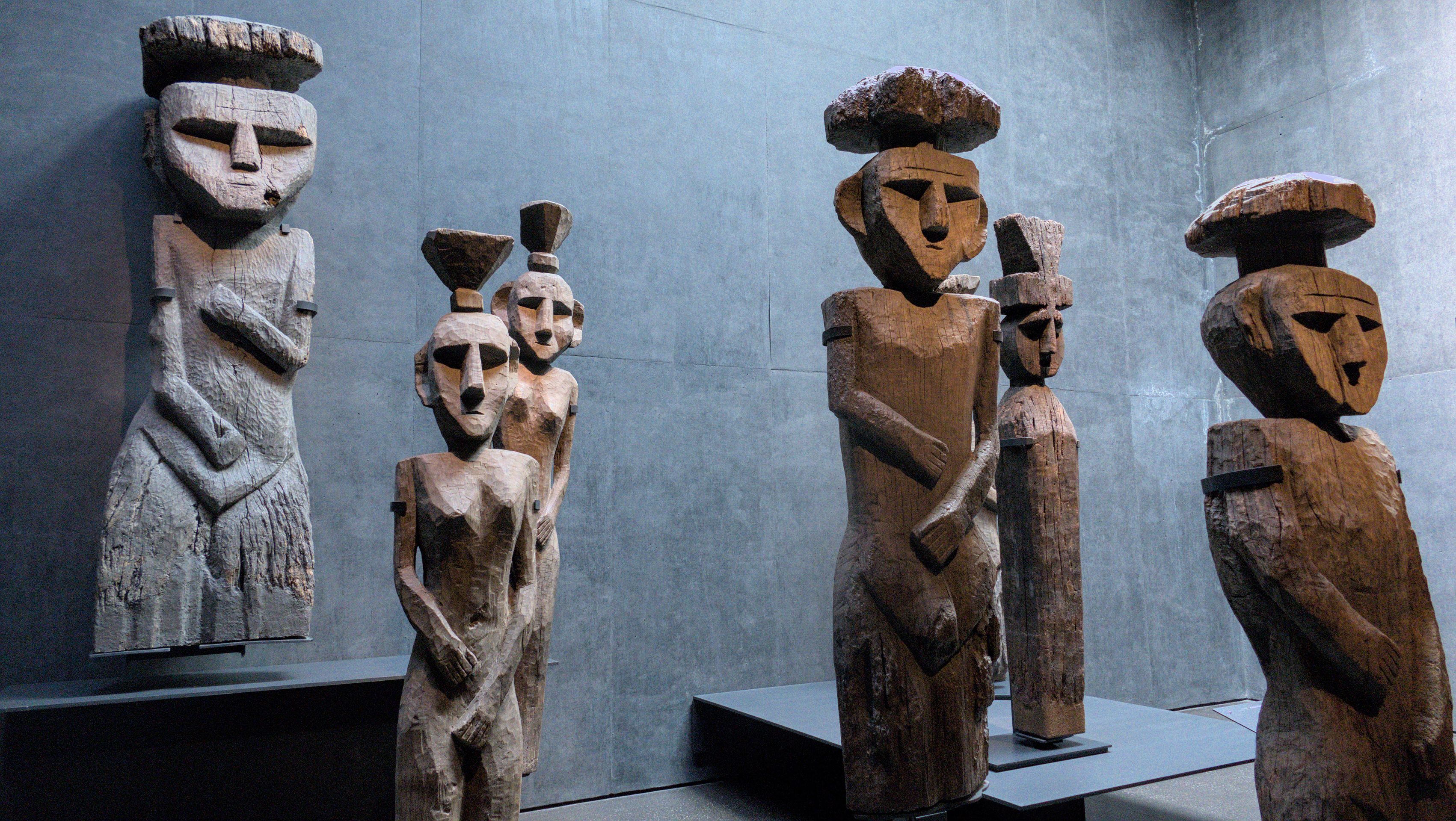Are you familiar with this one? An Austrian is standing in Bolivia...
Басылган: 31.01.2023
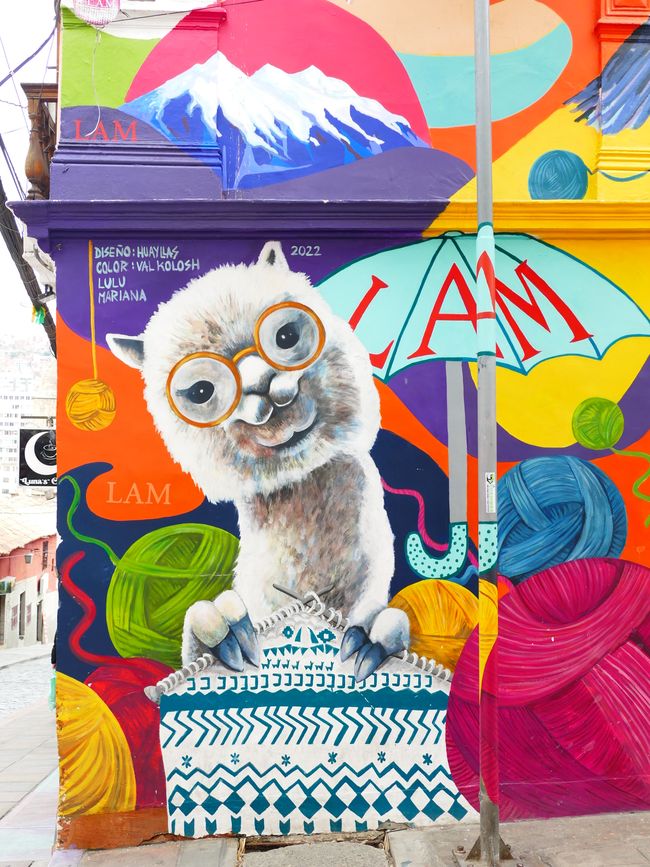
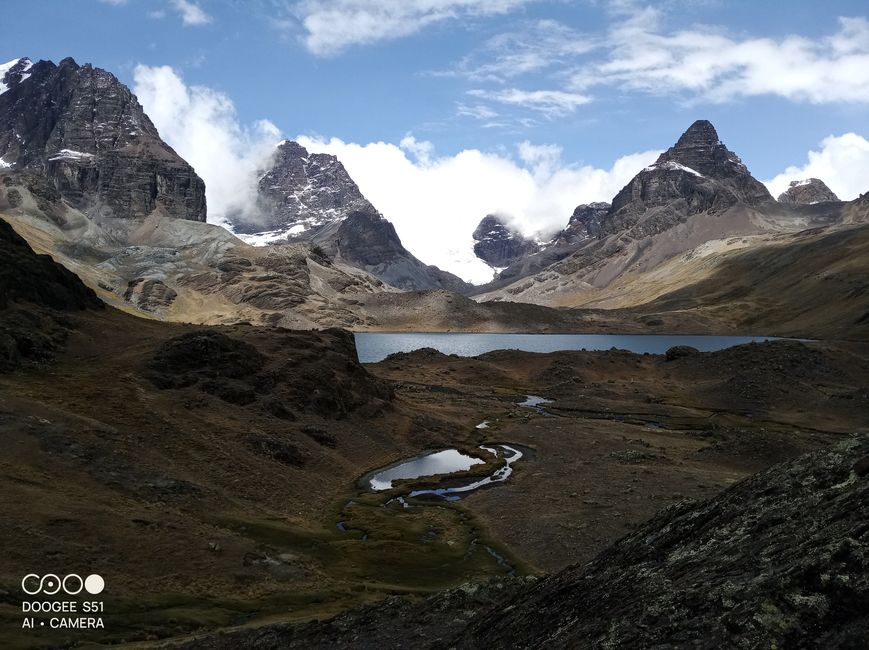
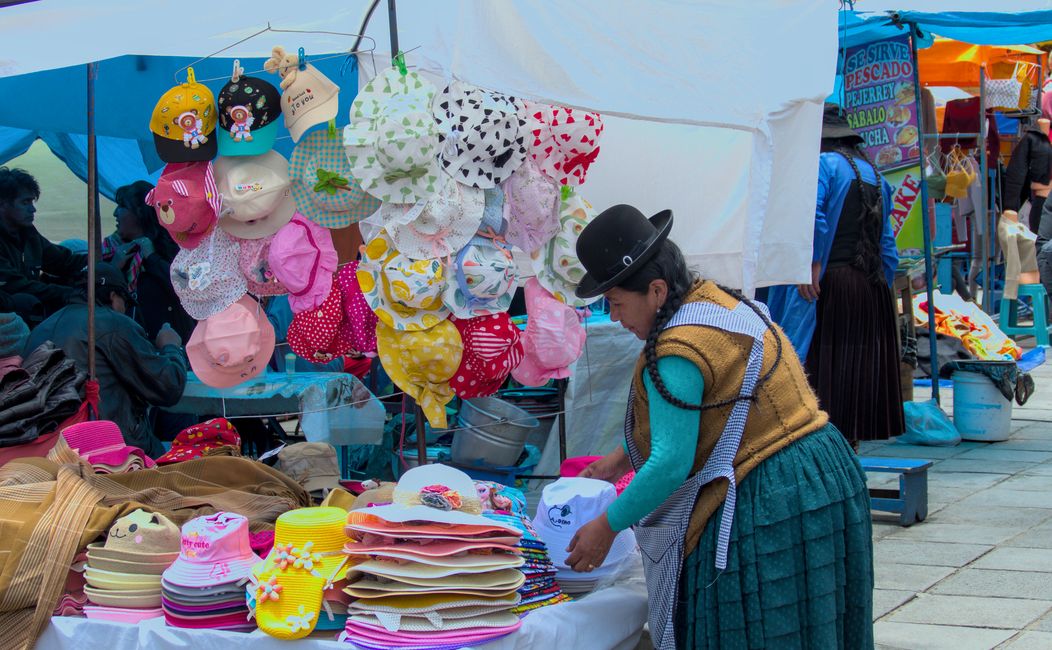
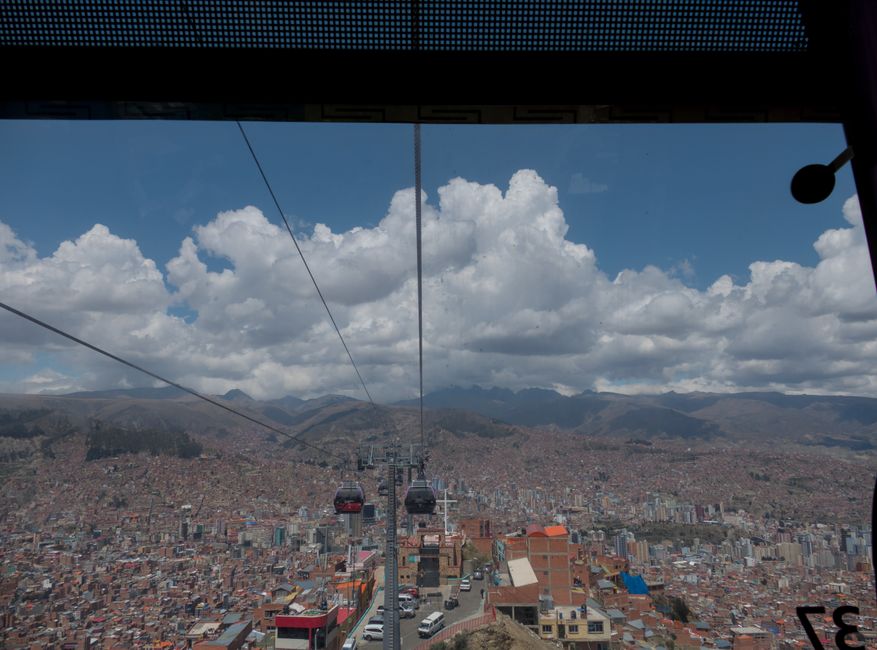
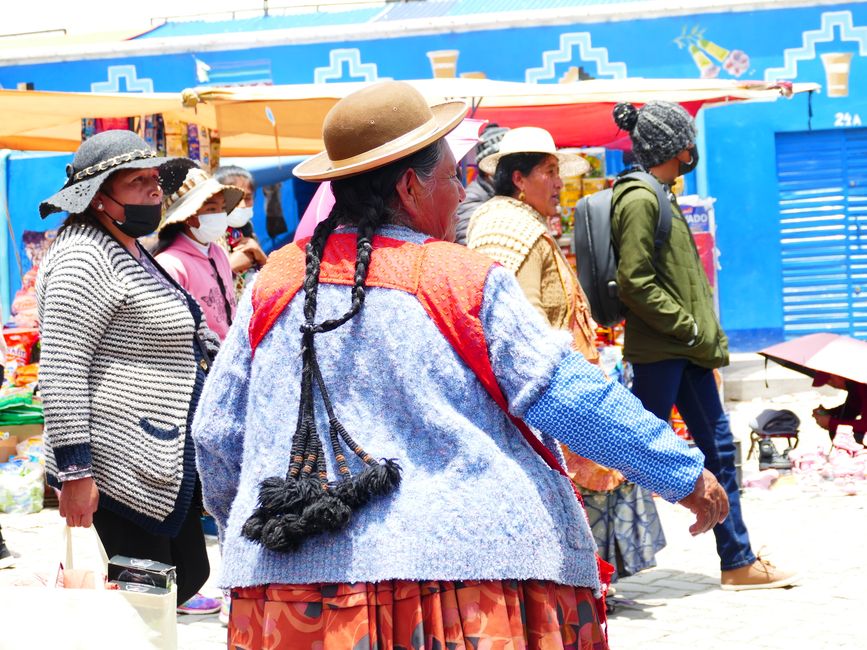
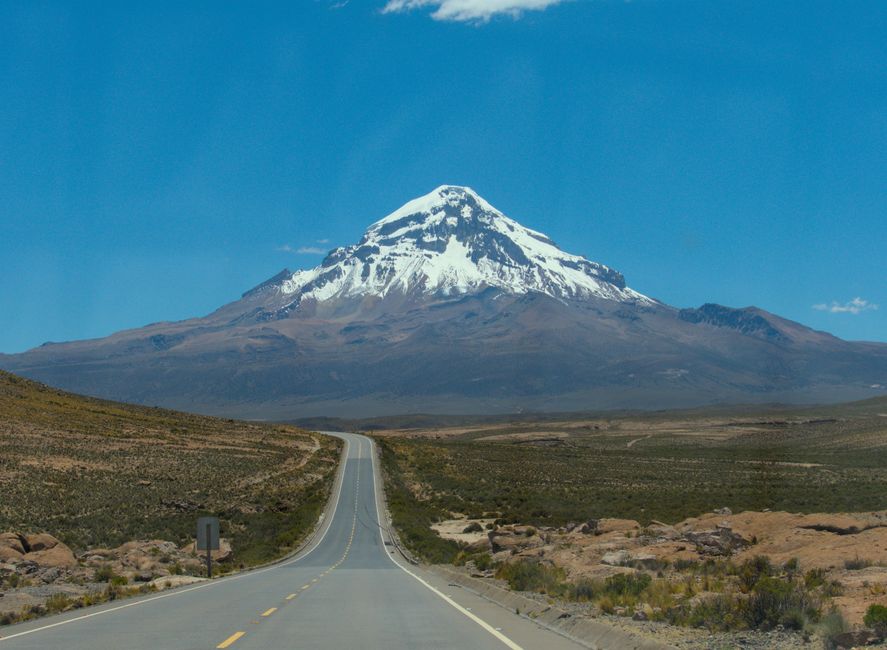
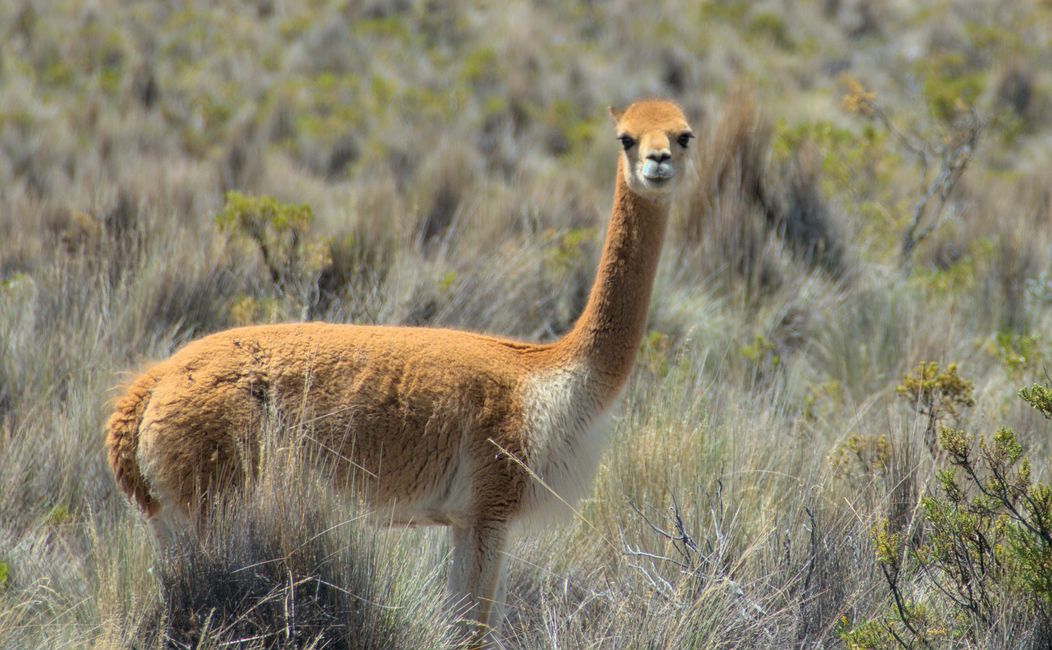
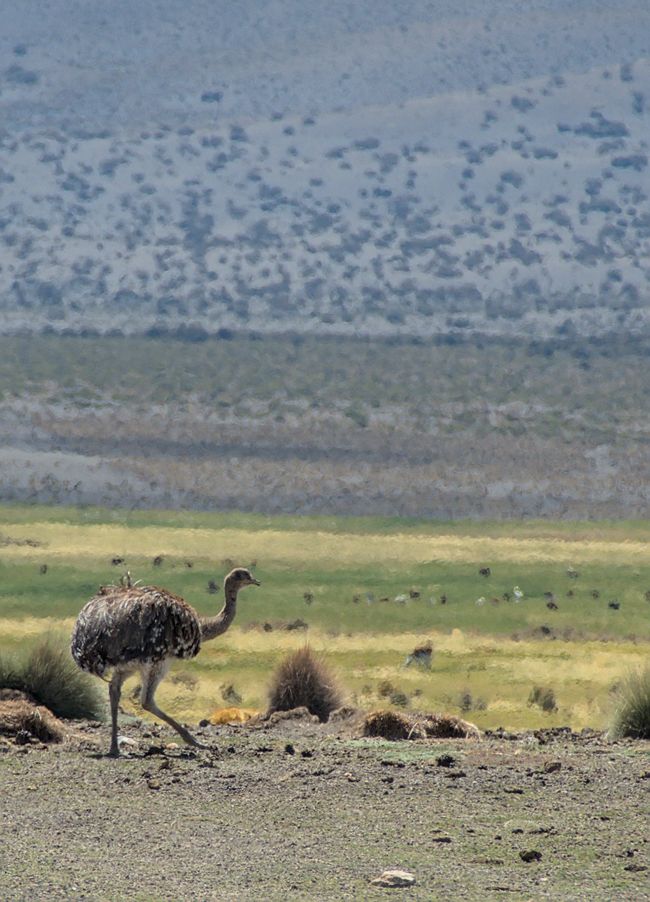
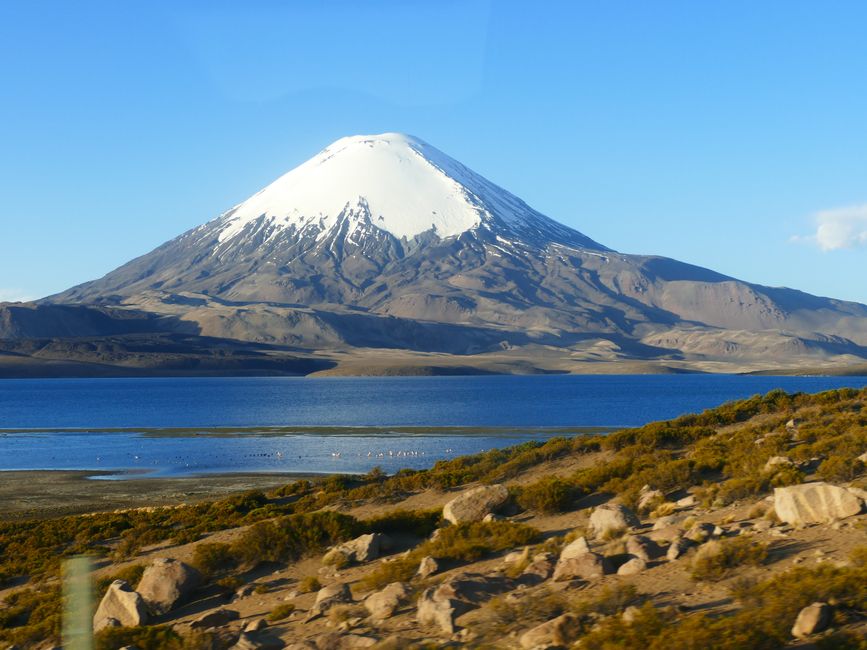
Бюллетеньгә язылу
For now, I'm standing on the corner in Uyuni, where the buses come and go and there's a lot of noise. Freshly squeezed juices, sweet and savory treats, the last seats on the bus. La Paz is in high demand and already full, so a mother with a strapped child is turned away. I'm so glad I'm leaving here today, getting on board, even though it's already dark and I won't see anything. Uyuni is as unattractive as it is loud and doesn't tempt you to stay.
Early in the morning, bus station in La Paz. The day has hardly awakened yet, and calls are enticing the sleepy passengers here too. I don't understand a word. The usual characters loiter outside the station and probably consider it their home. The homeless woman doesn't like it that I've taken a seat in her living room, and her smell convinces me to wait for my taxi driver in the hall. Shortly afterwards, we head to the hotel and luckily my room is already available. This time, I'm immediately rewarded for my choice. I have found the most fragrant hotel in the world. My nose eagerly follows the scent and locates the street market and its Cholitas, wide-hipped, ruffle-skirted ladies with melon hats - not the fruit - under my window. The sidewalks are filled with the scents of herbs, flowers, fruits, and vegetables, spreading freshness and joy. It smells so wonderful that before I even unpack my things, I take a photo of the ladies from my room.
Compared to the Atacama, La Paz is cold, and I exchange my hat for the beanie that Nici gave me. It attracts a lot of attention and many hand gestures, accompanied by a wide smile, express approval.
Just a stone's throw away from the hostel is the touristic Rainbow Street, a narrow alley covered with colorful umbrellas that not only serves as the favorite subject of selfie enthusiasts but also as a backdrop for various dance groups or bands shooting their videos here. Everything tourists need can be found here, and of course, there are dozens of tour providers. That's where I discovered it. Pico Austria. I went in there. What is it? A mountain! Oh, I see! And then it was already booked. You need to be fit, after all, we're going up to 5300 meters. But William, the toothless owner, told me that I can handle it. In 2013, I climbed a 5000-meter peak in Nepal, and back then I thought I didn't need to do it again. Thin air and all. But I belong to the kind of people who like to believe what they want to hear, and yes, I can handle it. There's no rush. And an Austrian belongs on an Austrian peak. Back then, I thought it was a good idea and doable. I was already well acclimatized to the altitude in San Pedro, I was at 4,480 meters at the border crossing to Bolivia, Salar de Uyuni glistens at 3,656 meters above sea level, and La Paz at 3,500. If I move slowly but steadily, drink enough, I can handle 5,299 meters. We start at 4,100 meters. Let's go!
It's just a shame that we had a flat tire on the way there. The driver hesitated for a moment on the gravel road and couldn't avoid the stone quickly enough. BANG. Our ascent is delayed for more than an hour.
We start slowly, and I'm told about a group of Australians who couldn't make it all the way to the top. I have a new benchmark. If I can't reach the very top, at least I can beat the Australians. We start off leisurely. The weather seems to hold up. The view is fantastic. My two companions, one of them the driver, the other my guide, move as if on an afternoon stroll on Prater Hauptallee. Chatting. Hands in their pockets. No walking sticks needed. The driver doesn't even have any water with him. I've already had to pee three times, I'm so thirsty. But I go at my own pace. Everything is fine. Just one step after another. Wonderful.
When we take a break, my guide pulls out a lunch package with chicken, rice, and grilled plantain. We sit on a rock, look down at one of the lakes, our feet dangling freely, the wind blows the rice out of my bowl. For dessert, there's homemade muesli and date balls from Mama. That gives me strength. And off we go again.
The goal seems close and attainable, and the harmonious movements of climbing and breathing give me strength and endurance. A touch of euphoria pulses through my mind, making the ascent appear easy. We're at around 4,800 meters. My gaze wanders into the distance, and a bird circles above us. "Condor! And another one!" my guide shouts. They're very excited because these birds are rarely seen, and we watch them circling in thermals for some time before they disappear behind Pico Austria. In the direction where our car is parked, it becomes gray, and it looks like rain. Should we turn back? No, that won't happen. We have enough time.
At 4,900 meters, my steps become heavier. Some weight has settled on me from somewhere, and from now on, I have to carry it with me. The almost final ascent begins. Now we're at 5,000 meters. A stone path leads straight to the saddle. The turnaround point of the Australians. The Pico is to my left. What seemed possible just a moment ago turns into a test. My breath futilely sucks in what my body desires. Oxygen. My heart races and tries to supply my brain with what my nose can only find insufficiently, but the capacity of my red blood cells is not enough. I feel slightly dizzy, and a headache sets in. Slow motion, breaks, drinking, and internal dialogues are attempts to defy nature. 5,100 meters. I see the saddle. A patch of blue sky probably allows for a view. 50 meters. Fifty meters up. Spread over about 500, 600 meters of distance. And 1000 meters of descent! I have to make it down all that as well! The Australians and the view lose their significance when I think about it. I don't care. I'll just turn back. Who cares. My thighs and knees are closer to me, and I just want to make it down in one piece.
The descent begins. We choose a different route, a new view, and we walk straight into a dark gray rain front. It starts to snow. Lightning in the distance. I don't hear any thunder. We go down without a break. Sometimes it's so steep that I have to walk in small switchbacks, and my thighs gradually tremble. Then we cross a bare slope, and it's here where the mountain was baptized. The Austrian who first climbed this mountain and two of its neighbors was killed here by an avalanche. But there's no snow, and even though the path is very narrow, it looks very stable, and not a single pebble is moved by our steps. The view down is sensational, but I decide to resist the temptation to marvel and hurry after my guide. The last hour becomes a test for my mind and leg muscles. The light has already diminished, and my eyes struggle to read the contrasts on the ground correctly. Just don't twist an ankle now. The car is already waiting there. The rain has also disappeared. Everything's fine. One step after another. One step after another.
On the way back, I shiver in the second row, and the driver proves that not only is he a mountain goat, but his car is too.
And I was in the Andes. 100 meters above my personal record, and yes, I don't need to do that again. But let's see what tale I'll tell myself next time.
Two days later, and surprisingly without muscle soreness, I went to the Sajama National Park, my gateway back to Chile. Once again, I had the luxury of a driver and a guide, as no one else had booked this tour. The national park is small but nice, and besides llamas, there were the elusive vicuñas and nandus, emu-like running birds, to see. After asking nicely, I was even allowed to take the wheel myself. This was the highlight of this part. My two gentlemen had made themselves comfortable in the back seat, and we briefly switched roles. Very funny.
Entering Chile was initially very laborious. Waiting for the bus and then waiting for hours again at the exit and entry. We had to line up with our luggage, be questioned and scanned, and then it was almost dark when the descent from 4,700 meters to sea level to Arica began. Just after crossing the border, the light was barely enough to admire the Partinacota Volcano on the shores of Lake Chungara, and the serpentine descent begins and extends far into the dark night. And this is where the circle closes, as I enter the city with the entertaining harbor where people and animals fight over fish.
Thanks for traveling with me, more soon
Petra
Бюллетеньгә язылу
.Авап

Сәяхәт отчетлары Боливия
